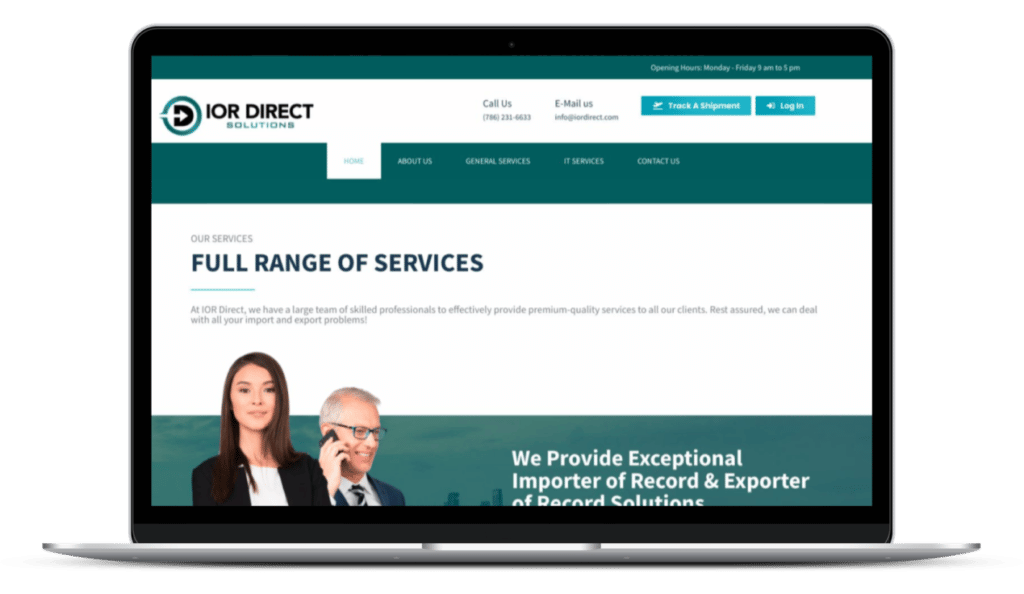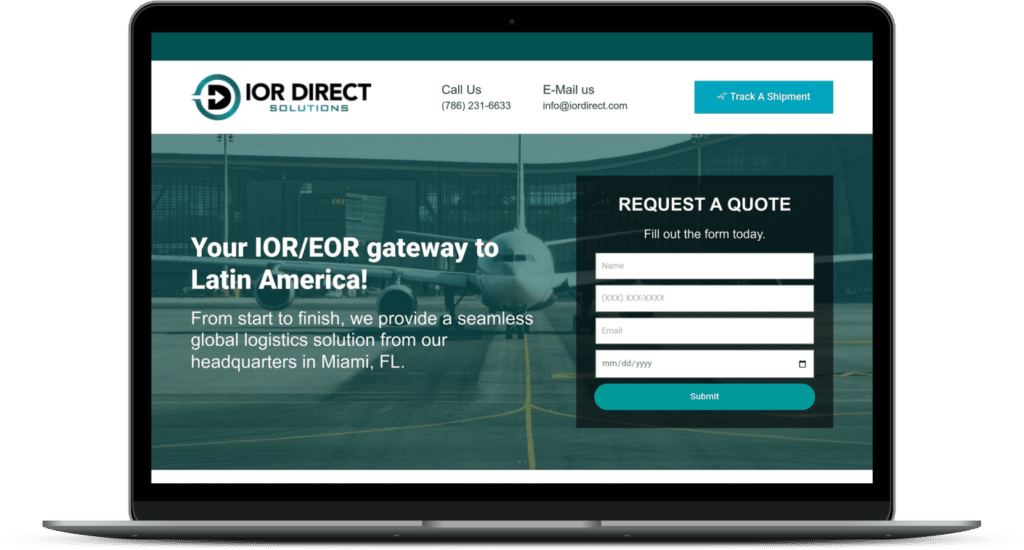4 Key Differences Between Home Pages and Landing Pages
Building a website for your business is probably very high on your to-do list if you are a business owner looking to reach out to a broader audience. Let’s say you’ve made all the necessary pages on your website, including a killer home page, but you’re still not getting the right amount of traffic. Why is that? It’s because you forgot about creating a landing page.
Many business owners make the mistake of focusing solely on the homepage of their website without bothering about a landing page. But what’s the difference, right? Your prospective clients are going to visit your website’s homepage anyway.
Here, we will look at some of the significant differences between a home page and a landing page and why your business needs both.
What is a Homepage?
A homepage is the first page you will land on when you reach a website. A well-designed homepage will give you all the information you need regarding the brand, products, or services, along with the contact information, all on the first page. A homepage must offer easy navigation and drop-down menus so visitors can find what they need without wasting any time.

What is a Landing Page?
A landing page is a page that invites you to a website. The primary purpose of a landing page is to get viewers to take action – in this case, visiting the webpage or product page to make a purchase. Landing pages do not have any navigation features or drop-down menus. It only includes a link that will get visitors to your home page or product page to find out more about your business or make a purchase.
So, now that you’re familiar with the primary use of a homepage and a landing page let’s get down to the key differences.

The CTA (Call-To-Action)
One of the significant differences between a homepage and a landing page is that the latter is always action-oriented, as in, the landing page’s sole purpose is to get more visitors to your website. It does that by including a Call-To-Action. This CTA needs to be effectively worded and strategically placed to get people to take action. Whether your CTA involves a phone number, visiting a website, or simply buying the product, it must be practical and create a sense of urgency.
In contrast, a homepage does not need a CTA since the person is already on the website. However, the homepage is where you can make a great first impression by using attractive website design and valuable, relevant content.
Content
Speaking of content, while the landing page might have the same information on a webpage, it is essential that it only contains information specific to the product that the CTA is being used for. If you use a CTA on the landing page to direct viewers to a particular webpage to make a purchase, you should only include vital, relevant points to the said product.
On the other hand, if you are selling a single product or service or have the primary effect, you can use the homepage to provide visitors with more detailed information on the particular product or service.
Links
Another significant difference between a homepage and a landing page is links. A homepage utilizes a navigation bar that helps visitors find the information, product, or service they need quickly and efficiently as soon as they reach the website.
The landing page, however, has a very defined purpose. GtingGetting visitors to take action will require adding an external link, whether it’s having them purchase your product or service on the landing page itself, sign up for a service, or visit your website. It’s best to use different iterations of the landing page to find out which works best.
Purpose
Both the homepage and landing page have a specific purpose. The landing page is the page you land on when you click an ad. You know a person is looking for a particular product or service when they click on an ad that directs them to your landing page.
On the other hand, a homepage is where visitors land when visiting your website. This may be to find out more about your brand before they purchase or sign up for the product or service they need.
In this way, a homepage can serve two purposes: informing and selling, while the landing page solely has one goal: getting visitors to take action.


